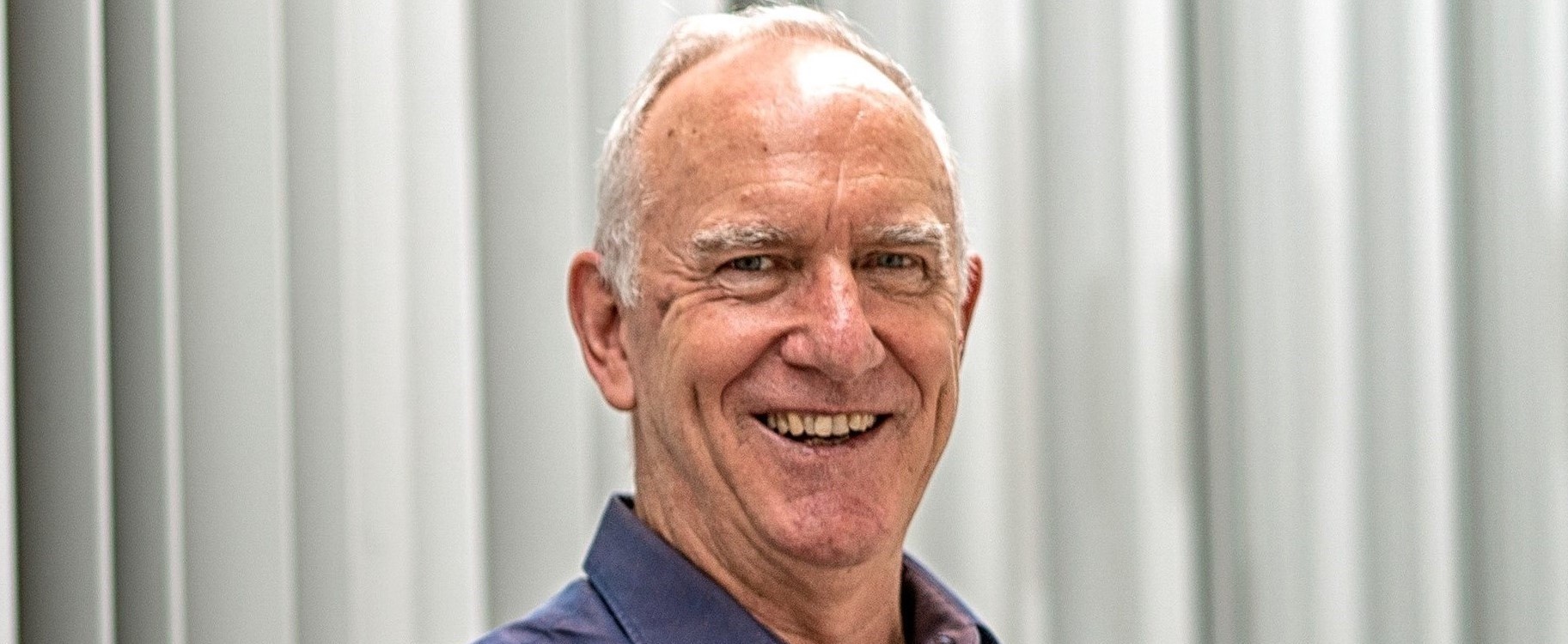Ask David van Senden what he brings to the table as the incoming Technical Director of the Hydroinformatics Institute (H2i), and his candid response is “a love of water and a lot of grey hair”.
With a career in hydraulics that spans over 40 years and seven countries, and includes leadership roles in a wide range of water and environmental projects, he is well-placed to lead the climate change and related initiatives being championed by H2i in Singapore.
“I have led a breadth of projects across freshwater and coastal systems, and focused on climate change adaptation. I bring an integrated approach to the problems H2i solves, including insights into utilising the broad range of investigative tools that are now available,” says David.
H2i partners government, corporations and non-governmental organisations in applying new approaches to data acquisition, computer modelling, data analysis, platform tools and real-time monitoring systems. This includes helping Singapore’s national water agency, PUB, anticipate and plan for the impact of climate change and sea-level rise.
David’s love for the water began as a young boy, when he sought relief from the desert heat in Woomera, South Australia – better known as Australia’s rocket range – through a variety of ocean water sports that included scuba diving, sailing and surfing.
It later led him to study oceanography at university, and then to his first job studying shelf wave propagation on Australia’s Great Barrier Reef. After getting his PhD, David worked in academia before moving to a career in hydraulics, modelling, and water network design that took him across Australia and Asia.
He has worked with leading organisations in the field, directing multi-disciplinary water and environment projects, including as Asia Pacific Water Director for environmental resource management firm Cardno, and as a manager with Australian water engineering company Aurecon Australia.
David currently wears two hats – he is also a Technical Director with Dutch engineering consultancy RoyalHaskoning DHV, and hopes to further the “comfortable synergy” between RoyalHaskoning and H2i. Both, for instance, are working together on an ongoing study of the impact of sea-level rise on Singapore’s East Coast-City area.
Over the last four decades, David has had a front row seat to the evolution of the role of technology in water management.
“When I first began, we didn’t have sensor technologies, so our field trips involved large pieces of equipment that we needed to dive to deploy and recover. Records were paper-based and then manually digitised. Today, all that can be automated.
“Rapidly-evolving technologies allow us to integrate and analyse multiple sources of information, and create tools that support real-time decision-making, including for flood warning and evacuation, and optimising the use of water resources,” says David.
But it is his recent move to Singapore that has been especially inspiring, given the scale of the effort that goes into environmental adaptation.
“Singapore is a low-lying and vulnerable country, but it has the government support and resources to invest in forward-thinking plans and applied research, and to take a proactive approach to adaptation. It is an exciting time to be here.”
On its part, H2i has been at the forefront of applying sophisticated investigative and analytical tools to optimise both the investigative process and solutions to water and environmental concerns. H2i is focussed on the potential impact of climate change and the risks associated with sea-level rise, as well as the environmental impact of various industries and how they affect or are affected by water quality.
“H2i has the talent and modelling capabilities to provide a high level of input into important engineering projects that will shape the country’s future – and I would like to be a part of that,” he says.

0 Comments